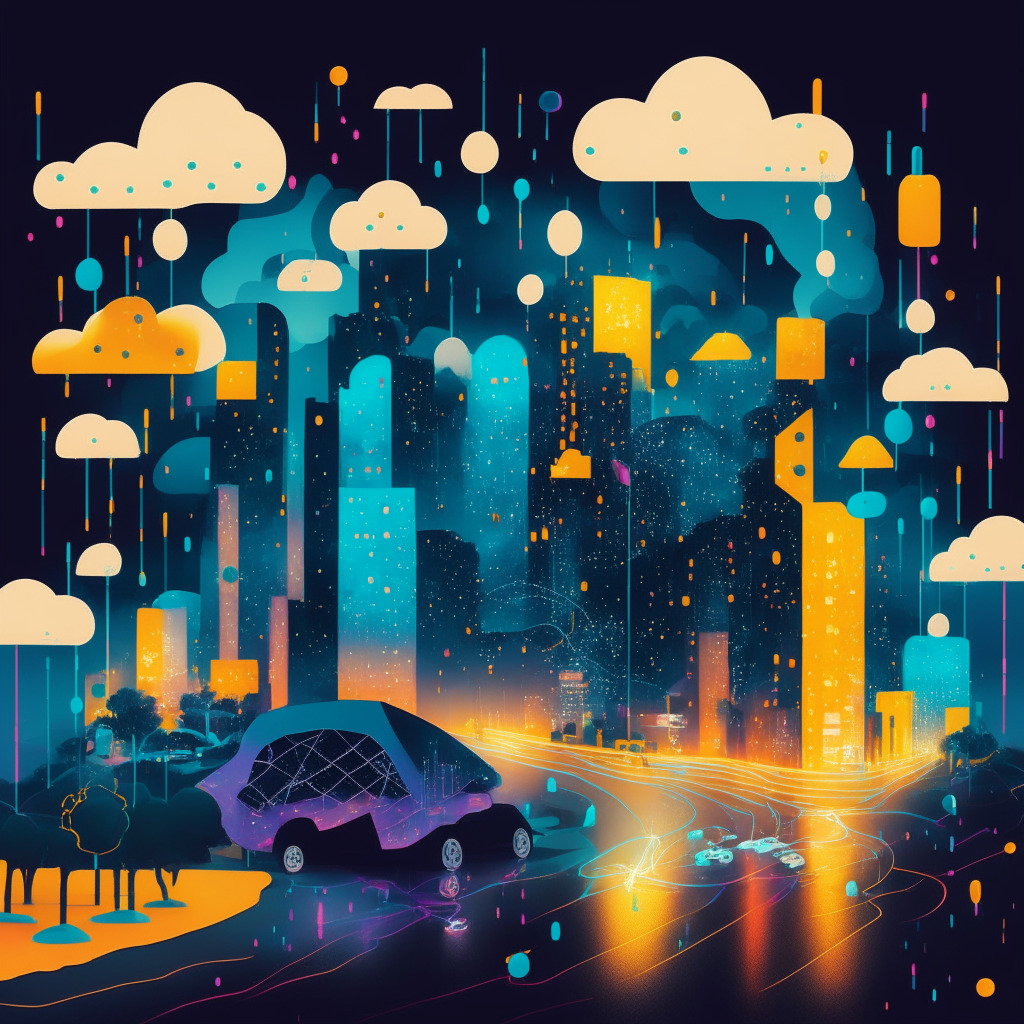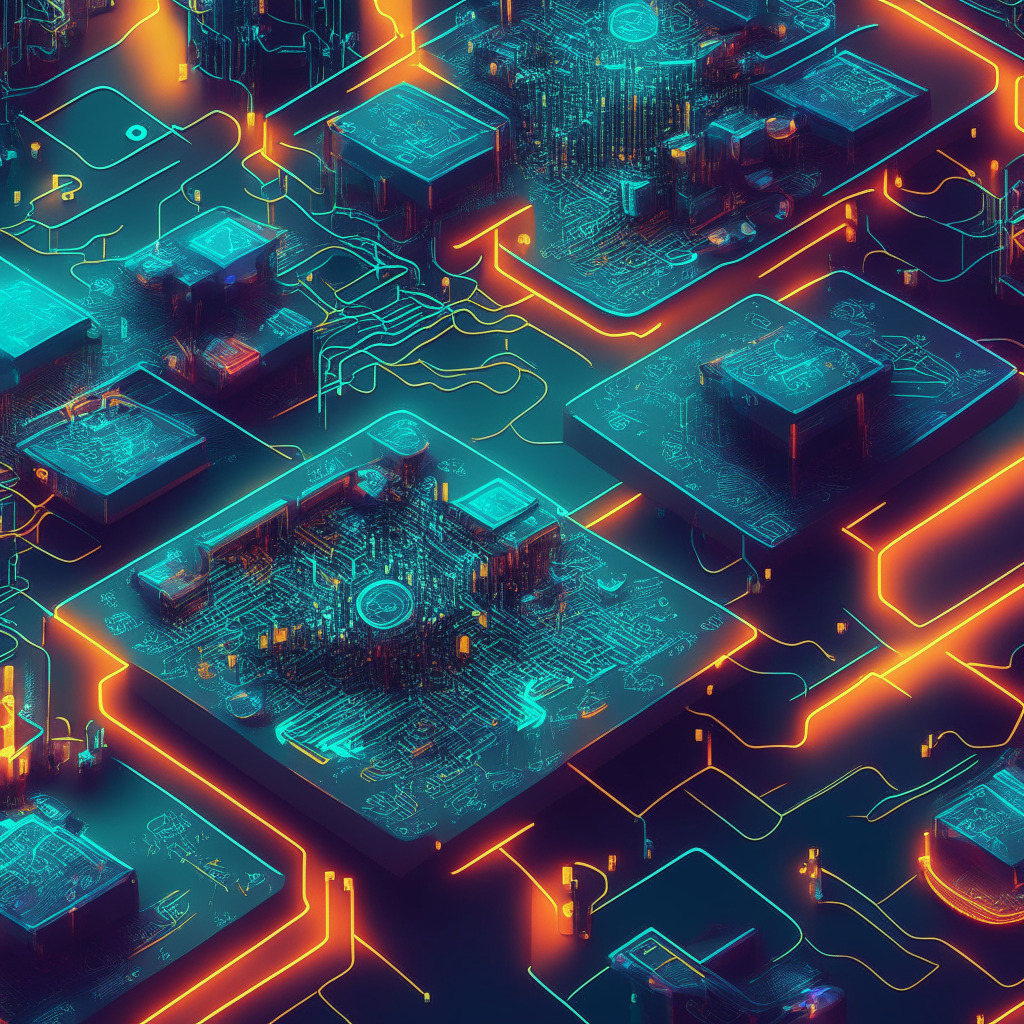Python, often hailed as an efficient and user-friendly language for coding, is making great strides in diverse industries due to its striking versatility. Its straightforward approach and broad range of libraries and frameworks continue to catalyze innovative problem-solving methods, which can be observed in five real-world applications making significant impacts across different sectors.
Starting with web development, the influence of Python is especially noticeable through Django and Flask frameworks. Django has become quite remarkable due to its all-inclusive toolkit ideal for crafting robust web apps. Well-known platforms like Instagram and Pinterest are built upon Django. Contrarily, Flask, a micro web framework, offers great simplicity and adaptability, perfect for small-scale ventures and startups that prioritize scalability. Its flexibility is so notable that ride-sharing giant, Lyft, utilizes Flask in its backend systems.
Python’s supremacy in data interpretation and visualization also comes into play through libraries like Pandas and Matplotlib. They have revolutionized sectors by allowing data-driven decision-making. Impactful use cases can be found in financial establishments for risk assessment procedures, and in healthcare for patient data analysis and research.
When it comes to machine learning, libraries like TensorFlow and scikit-learn are particularly noteworthy for their influence. Developed by Google, TensorFlow is an open-source platform that aids in the creation of neural networks. The spectrum of its uses stretches from self-driving cars to healthcare diagnostics. scikit-learn, meanwhile, has democratized machine learning with tools for classification, regression, and clustering, enabling businesses to use predictive analytics more effectively.
Scientific computation is another area where Python shines with libraries like NumPy and SciPy. These tools provide invaluable support for scientific simulations, image processing, optimization, integration, interpolation, and more. Such functionalities are used by researchers in physics, engineering, and biology, among other fields.
Lastly, Python’s utility extends to the Internet of Things (IoT) through MicroPython. This compact and efficient version of Python allows developers to program IoT devices, thereby promoting the creation of applications for connected devices. This has paved the way for rapid prototyping and deployment of IoT solutions, from smart home appliances to industrial automation.
Python’s vast ecosystem and adaptability have turned it into a favorite language among developers and businesses aiming to create efficient and impactful solutions. Be it web development, scientific research, data interpretation, or machine learning, Python continues to be the driving force behind innovation and transformation.
Source: Cointelegraph




